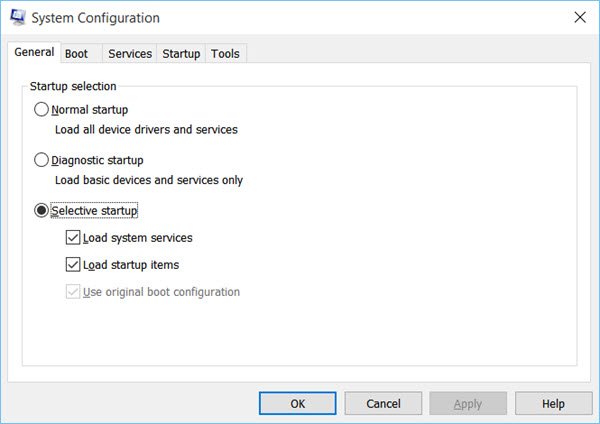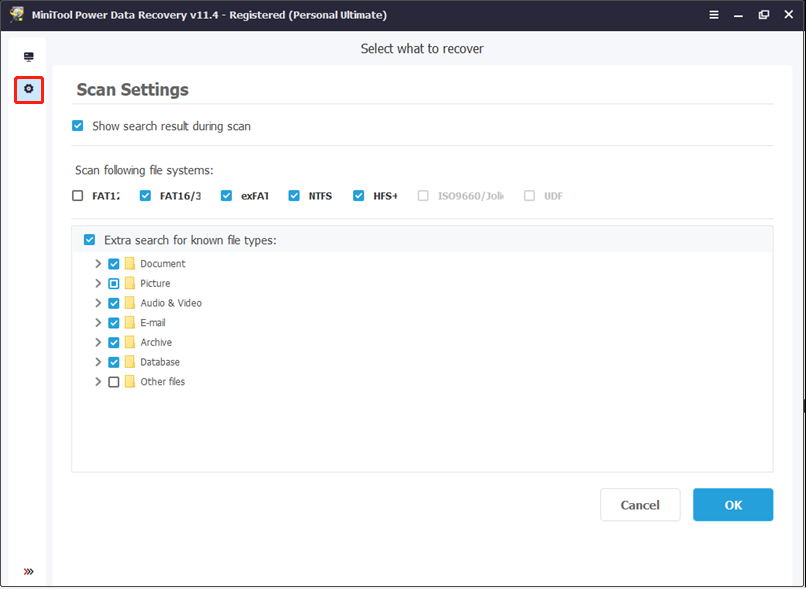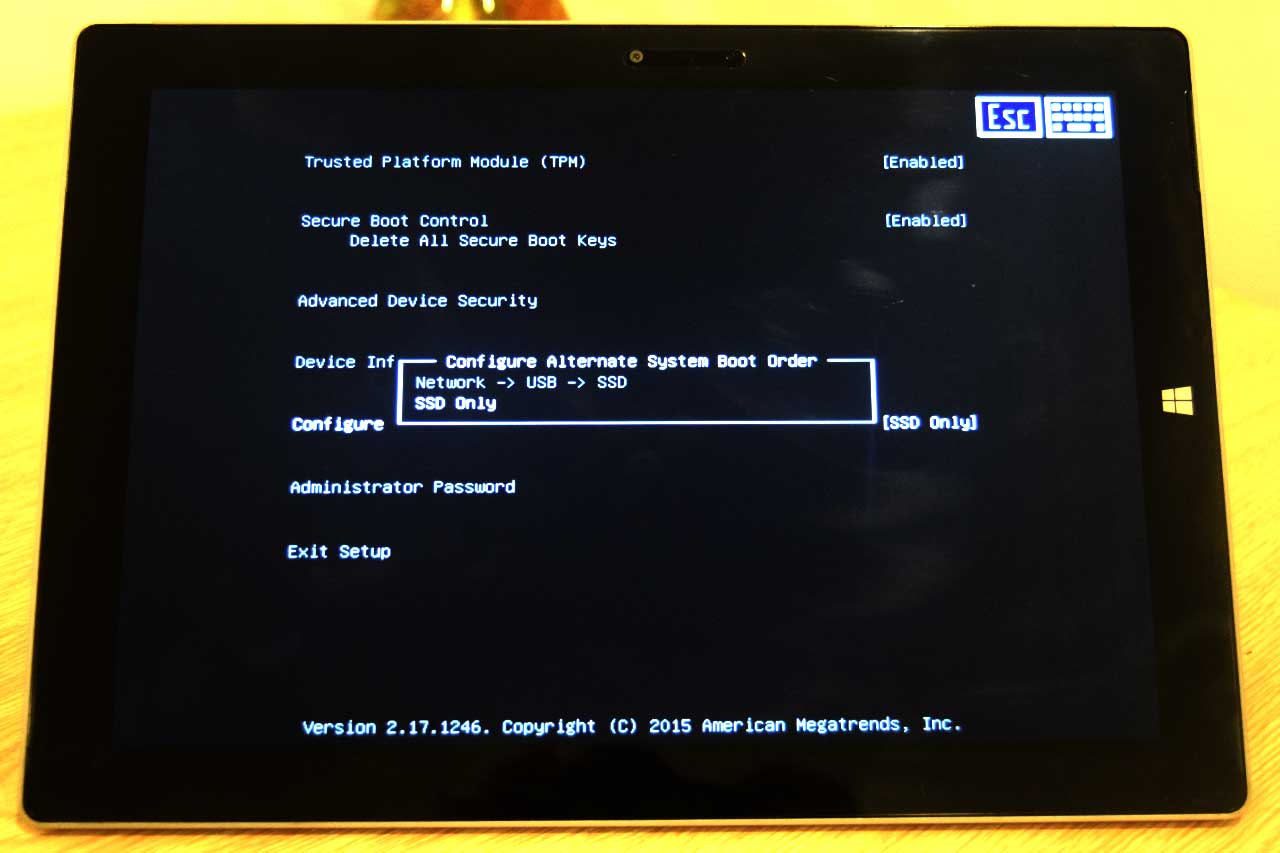

- U boot configuration steps how to#
- U boot configuration steps install#
- U boot configuration steps software#
- U boot configuration steps code#
- U boot configuration steps download#
Pop the SD Card in and make sure your OS can see it. Grab a 4GB (or larger) SD Card, hopefully your system has an SD Card reader or you have a USB one. We have the boot image that will boot the board, all we need now is the create an SD Card to hold the files. Rename that file BOOT.bin, this is the file that the processor will look for when power is applied. We should now see u-boot.bin in that directory. Make sure you’ve specified an output directory and then click create image. Next add the bitstream file with partition type datafile and then u-boot.elf again add it as datafile.

Order is important so make add this file first. I called the bif file zybo, next add the first stage bootloader first, with the partition type bootlader. Open the Xilinx SDK, and under the Xilinx tools drop down menu, select ‘Create Zynq Boot Image’ If we do an ‘ls’ in the u-boot directory we should see a file with no extension named ‘u-boot’. So if you are doing this on two machines like I am make sure there is a shared folder somewhere that we can put the files.

So u-boot is now built, now we need to gather the bitstream from step 1, the first stage boot loader elf file from step 2 and the u-boot executable into one location that the SDK can see. Type ‘make’ and we should be able to watch the build output and hopefully see no errors. Once we’ve saved that file, let’s configure u-boot to build for our target by entering : I got u-boot to work with and without this change but I’ll add it in here since we need to keep this in mind when we try to get the Linux debug console to work. We need to add this because the peripheral clock on the Zybo is 50Mhz, on the Zedboard it’s 33.3Mhz. #define CONFIG_ZYNQ_PS_CLK_FREQ 50000000UL Let’s edit this file for zybo, all we have to do is add the following line:
U boot configuration steps how to#
Let’s take a look at the config files, in include/configs we should see a file called zynq_zed.h, this file is how u-boot knows how to configure the system. Let’s fetch the source:īash> git clone git:///Xilinx/u-boot-xlnx.git I’ll go over it modifying the Zedboard config. I’ve been able to configure u-boot from both the Zed board config and the generic one.
U boot configuration steps code#
I only had to change one piece of source code to get it to work. It’s gear towards the Zed board which is okay because the Zybo is very similar. The Xilinx wiki on u-boot is a great resource to get us started. We are now ready to configure u-boot from source for Zybo. Take a look back at the Xilinx wiki to make sure you’ve exported bothe CROSS_COMPILER variable and your modified PATH variable.
U boot configuration steps download#
If we see this error then everything is setup and we are ready to download U-boot, if not then you’ve probably forgot to add the toolchain location to your PATH variable. On the command line and get an error saying no input files specified.
U boot configuration steps install#
After completing the toolchain install and adding the xilinx tools into our PATH variables we should be able to type We’ll be building u-boot, linux and xenomai all from the command line. Follow the steps on the Xilinx wiki follow the steps to download and install the command line tools.

Once we’ve got those tools installed it’s time to get our toolchain from Xilinx. To install Linux on Ubuntu, go to the terminal and type in: Next make sure you have git installed, we’ll need to use git to download the sources needed to build u-boot and later Linux and Xenomai. This link will show you what commands to use based on the flavour of Linux you’ve chosen. First, if you have a 64-bit system you’ll have to install the 32-bit libraries for your Linux distro before we can use the code sorcery toolchain. Once you have a virtual machine running Linux or a system running Linux we’ll need to install a couple items before we can start getting and building u-boot.
U boot configuration steps software#
It does look like you can build u-boot on windows using the Xilinx SDK software but I used Linux, maybe building u-boot with Windows will be another blog post. If you’ve been working on a windows machine you’ll need to switch to a Linux machine for these next steps. So in the previous steps we’ve built the bitstream and the first stage bootloader now all we need is to build u-boot and we’ll have something to run on our Zybo.


 0 kommentar(er)
0 kommentar(er)
